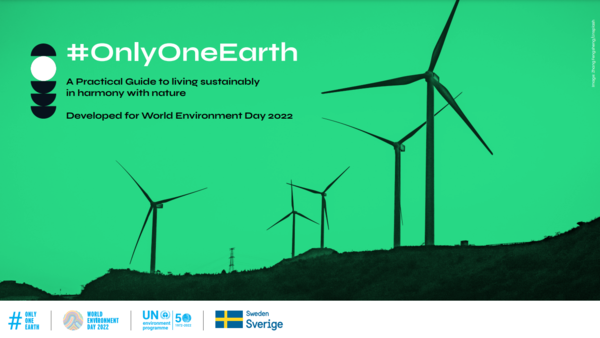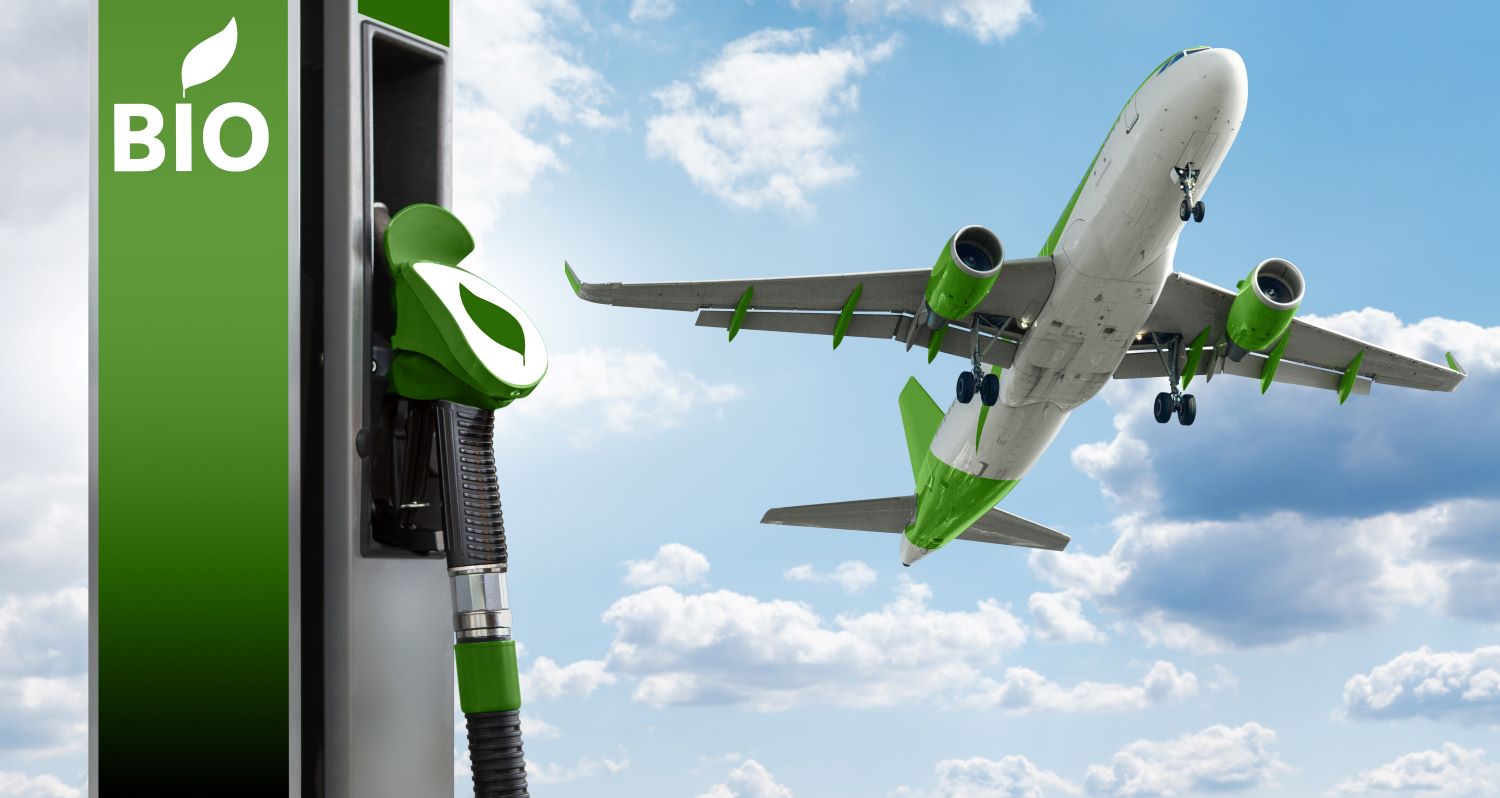Earlier this month, the Stockholm+50 international meeting commemorated the United Nations Conference on the Human Environment held in Stockholm in 1972, celebrating 50 years of global environmental action. The Stockholm Conference was the first UN Summit that made the environment a pressing global issue and established international political goals. The Conference led to the birth of environmental law and diplomacy when, even amid of cold war tensions, it became evident that global environmental issues could be addressed only through multilateral dialogue and cooperation.
 The Stockholm Declaration adopted fifty years ago raised the issue of climate change for the very first time, warning governments to be mindful of activities that could lead to climate change, and to evaluate the likelihood and magnitude of climatic effects. The Conference also led to the designation of UN World Environment Day being celebrated every year on 5 June, with the first commemoration in 1973.
The Stockholm Declaration adopted fifty years ago raised the issue of climate change for the very first time, warning governments to be mindful of activities that could lead to climate change, and to evaluate the likelihood and magnitude of climatic effects. The Conference also led to the designation of UN World Environment Day being celebrated every year on 5 June, with the first commemoration in 1973.
The theme for World Environment Day 2022, which was celebrated on June 5th, was “Only One Earth”. The theme highlighted the need for living sustainably in harmony with nature by bringing transformative changes – through policies and innovations – towards cleaner, greener lifestyles.
World Environment Day presents an opportunity to promote dialogue and reflects the need for individual and collective action by the international community to address the issue of environmental sustainability.
The Preamble to the Convention on International Civil Aviation itself, which was established in 1944 and sets forth the purpose of ICAO, underlines the need to promote “co-operation between nations and peoples, upon which the peace of the world depends”. ICAO, its Member States, and the aviation industry are working together to develop innovative means to shape a sustainable future for the aviation sector. Improvements in fuel efficiency, the development and deployment of sustainable aviation fuels, operational advances both in terms of aircraft performance, and ground and airport practices, the ICAO Carbon Offsetting and Reduction Scheme for International Aviation (CORSIA), have been key to the sector’s ability to reduce emissions, and effectively address its impact on climate change. All over the world today new know-how and solutions are being developed into materials, technologies, and procedures that are making our skies greener.
 In 2019, the 40th Session of the ICAO Assembly requested the ICAO Council to explore the feasibility of a long-term global aspirational goal for international aviation (LTAG). The progress on this work will be presented to the upcoming ICAO High Level Meeting on LTAG (HLM-LTAG) in July and to the 41st Session of the ICAO Assembly (A41) in September 2022.
In 2019, the 40th Session of the ICAO Assembly requested the ICAO Council to explore the feasibility of a long-term global aspirational goal for international aviation (LTAG). The progress on this work will be presented to the upcoming ICAO High Level Meeting on LTAG (HLM-LTAG) in July and to the 41st Session of the ICAO Assembly (A41) in September 2022.
The twelfth meeting of the ICAO Committee on Aviation Environmental Protection (CAEP/12) in February 2022 unanimously adopted the technical report on the feasibility of LTAG, highlighting the potential for substantial CO2 reductions scenarios through the use of aviation in-sector measures including innovative technologies, operations and fuels. The LTAG report is now available to the public on the ICAO website and forms the basis for any further ICAO discussion on LTAG. The report foresees the largest CO2 reductions by 2050 coming from fuels and cleaner energy sources, of up to 55 per cent, while new aircraft technologies are also expected to contribute to another CO2 reduction of up to 21 per cent, as well as operational improvements of up to 11 per cent.
The main advantage of drop-in aviation fuels is that they do not require changes to the aircraft or the fuel infrastructure. At present 47 airports worldwide have already distributed SAF in their regular operations, with more than 360,000 commercial flights using those fuels. While liquid fuels may remain necessary for air transport, these fuels may undergo a full transition to sustainable low-carbon energy sources. Fuels today can be made from various waste types, like Municipal Solid Waste, forestry and agricultural residues, and even from CO2 recycled or directly captured from the atmosphere. While not one solution fits all, many States have recognised the need to act now in order to build their full capacity on the production and use of sustainable fuels for aviation.
 In this regard, on 1 June 2022, we organized at ICAO Headquarters a side event officially associated to Stockholm+50 that launched the “ICAO Assistance, Capacity-building and Training for Sustainable Aviation Fuels (ACT-SAF)” programme. ACT-SAF is intended to facilitate the establishment of partnerships and cooperation among States and relevant stakeholders for the increasing use of sustainable and cleaner aviation energy sources, under the umbrella of ICAO coordination. It provides opportunities for all ICAO Member States to be engaged with exploring the feasibility of aviation sustainable fuels development and deployment, and unlock feedstock potentials for SAF markets.
In this regard, on 1 June 2022, we organized at ICAO Headquarters a side event officially associated to Stockholm+50 that launched the “ICAO Assistance, Capacity-building and Training for Sustainable Aviation Fuels (ACT-SAF)” programme. ACT-SAF is intended to facilitate the establishment of partnerships and cooperation among States and relevant stakeholders for the increasing use of sustainable and cleaner aviation energy sources, under the umbrella of ICAO coordination. It provides opportunities for all ICAO Member States to be engaged with exploring the feasibility of aviation sustainable fuels development and deployment, and unlock feedstock potentials for SAF markets.
There are still many challenges for increasing the use of sustainable aviation fuels (SAF), Lower Carbon Aviation Fuel (LCAF), and other cleaner energy sources and technologies for aviation, towards their full potential, including technical and financial resources available to all States, price gap with conventional fuels, a limited number of the production facilities, and their share of production capacity directed to aviation. It is crucial that all States and relevant partners and stakeholders work together and build partnerships to provide support for the global development and deployment of such solutions, in line with the ICAO’s No Country Left Behind initiative, while taking into account different circumstances of individual States and regions.
With A41 providing the opportunity for a decision on LTAG, the potential for increased ambition on sustainable aviation will allow ICAO to explore extending the existing model used in the ACT SAF programme, to galvanize support and implement similar ICAO programmes for additional aspects that contribute to aviation CO2 emission reductions, such as aircraft technologies, operational improvements, infrastructural changes, and other cleaner energy sources for aviation.
We must act now on #sustainable aviation, for people and our beautiful planet.

